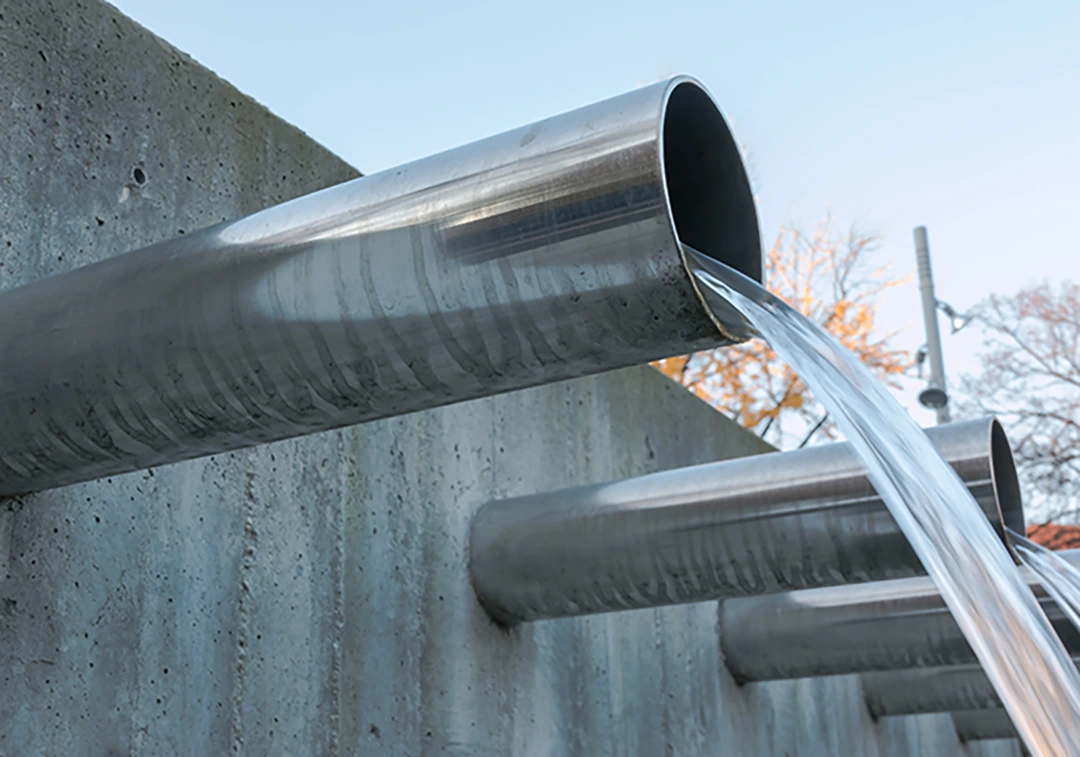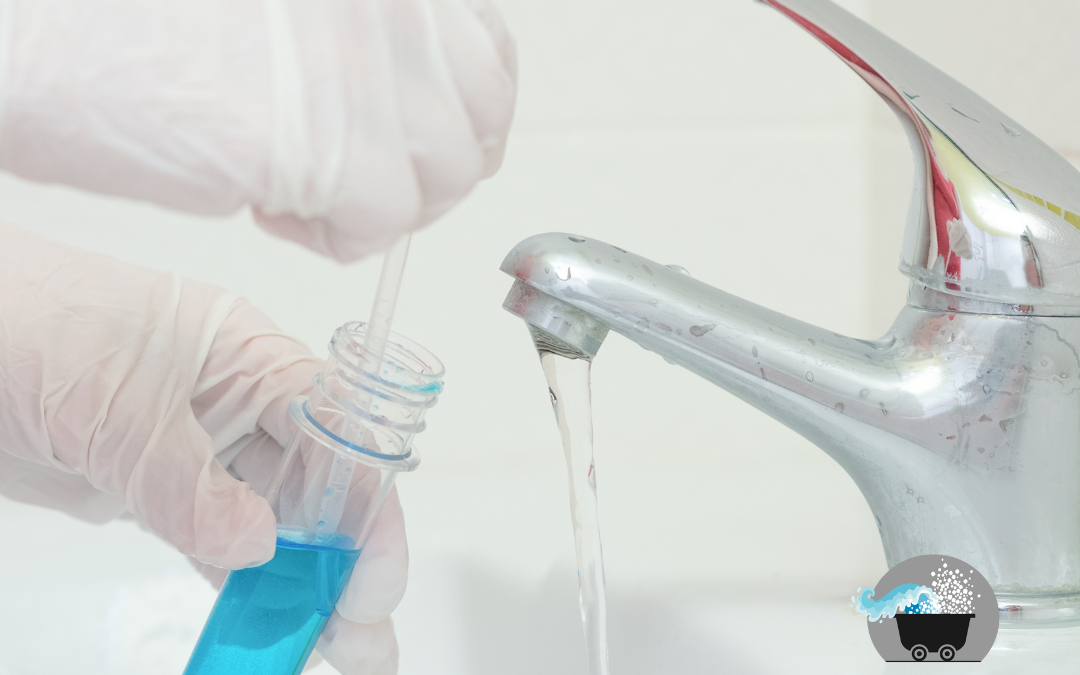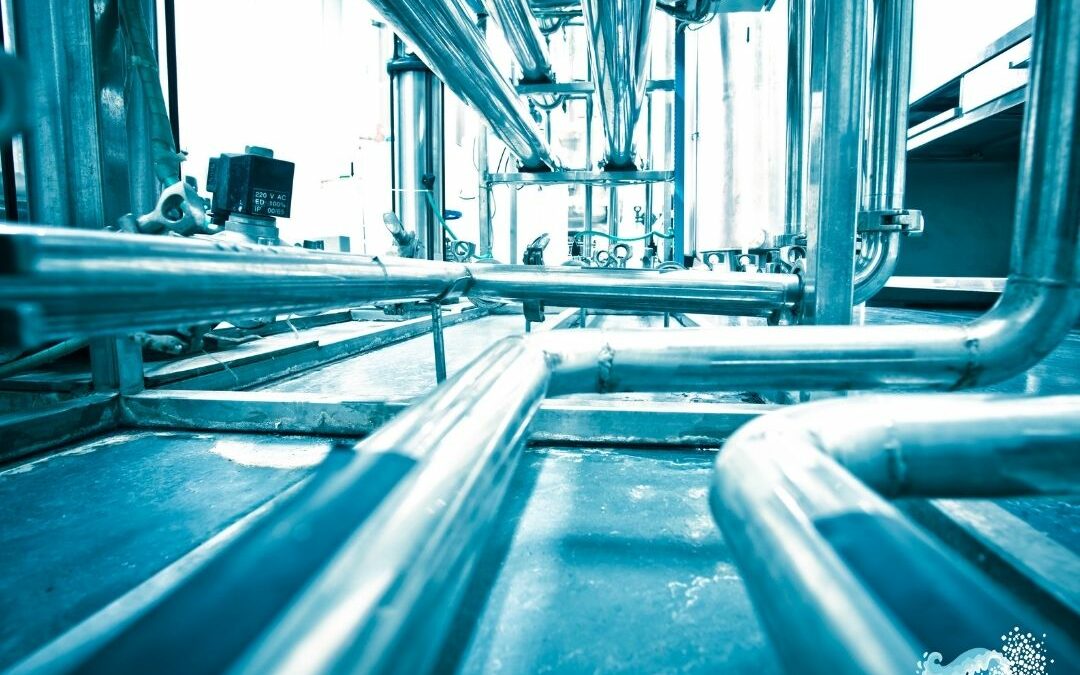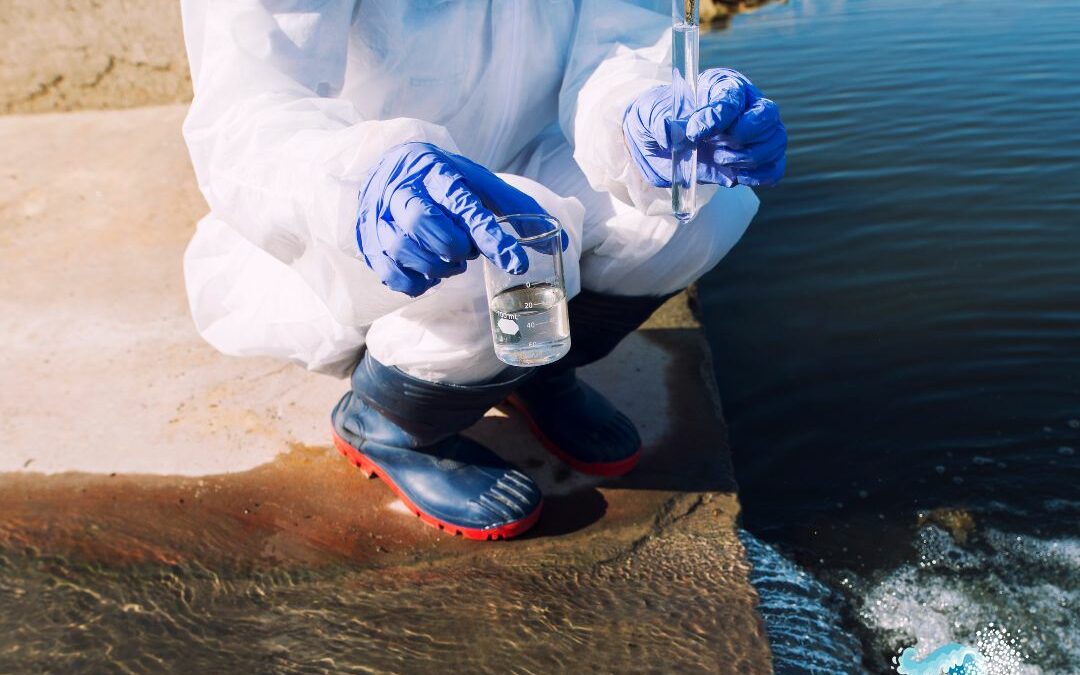When you think of environmental conservation, does protecting wastewater come to mind? Probably not, but it should!
The water we use on a daily basis plays a significant role in life as we know it. Without it, life would be very different. And since there’s a limited amount of fresh water here on earth, we have to reuse what we already have. That’s where protecting wastewater comes to the forefront.
Let’s take a closer look at exactly what wastewater is, how it’s treated, why protecting it is important, and how we can make a difference.
What Is Wastewater and How Is It Treated?
According to the U.S. Geological Survey (USGS), wastewater can be defined very simply. It’s used water. It could be water that has been used for laundry, bathing, cooking, manufacturing, or a variety of other everyday activities.
In the distant past, wastewater was simply dumped outside or poured down the drain. Then, people relied on Mother Nature to purify the water naturally so it could be safely used again.
Mother Nature is still very much at work and still plays an important role in the water cycle. But with an ever growing global population, it simply can’t keep up with all of the water that’s used on a daily basis. That’s why we now have wastewater treatment plants that work to purify large quantities of water so it can be reused relatively quickly.
According to the Environmental Protection Agency (EPA), most wastewater treatment facilities treat water in two steps, although some are more advanced and go a step further.
- Primary wastewater treatment – Water is screened and large particles settle out.
- Secondary wastewater treatment – Bacteria break down pollutants as much as possible. Then, chlorine is added to disinfect the water and break down any remaining bacteria.
Why Is Protecting Wastewater Important?
If you think the process above sounds simple, you might be wondering why protecting wastewater is so vital. After all, if pollutants and bacteria can be removed, why worry about protecting wastewater in the first place?
Well, it all boils down to this … Modern water purification technology is great but it isn’t able to remove every possible contaminant or pollutant, especially those that are totally dissolved in water. That means people, plants, and animals can still be exposed to toxic substances even after wastewater has been treated.
In addition, it can be very expensive for communities to practice ‘end of pipe treatment’, or treating wastewater after it has already been contaminated. The financial burden for communities and individual taxpayers can be significant. Instead of focusing so much on solving the problem after the fact, perhaps there should be a more concentrated effort on preventing water contamination in the first place!
The Salt Miner: Protecting Wastewater by Reducing Salt Pollution
It’s easy to see why some chemicals should be removed from wastewater before the purified water is released back into the environment. Perhaps they’ve been shown to cause disease in humans. Or, maybe they’ve been proven to kill plants and animals who use water contaminated with these chemicals.
What many people don’t realize, however, is that some elements that appear harmless can actually be just as dangerous. Take salt, for example. It’s used for a wide variety of purposes including food preservation and water softening. When present in excess quantities, however, it can have a negative impact on people, plants, animals, and the environment as a whole. And unfortunately, wastewater treatment plants cannot effectively remove all of the dissolved salt from wastewater.
One of the biggest causes of environmental salt pollution is salt-based water softeners. As water softeners go through a regeneration cycle, a highly concentrated brine solution is released down the drain. This high salinity water makes its way into septic systems, groundwater, soil, and freshwater resources. In its wake, it leaves behind soil with altered permeability, fresh water that’s unsuitable for plants and animals, and other detrimental effects.
The Salt Miner provides an eco-friendly soft water solution that can prevent water pollution at its source. It can be retrofitted onto any existing softener, effectively ‘mining’ the salt from the brine before it’s released into the environment. Then, the salt can be recycled or otherwise disposed of responsibly.
To learn more about how the Salt Miner works and how you can help the environment by protecting wastewater, contact us today!





